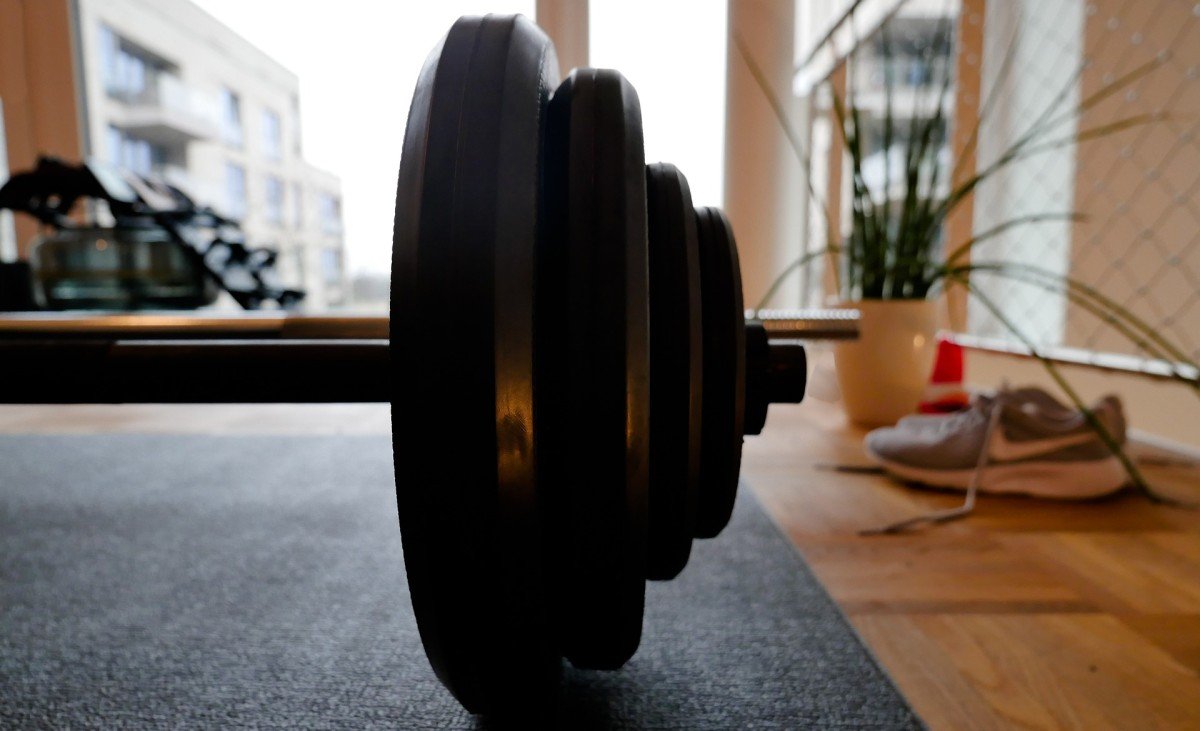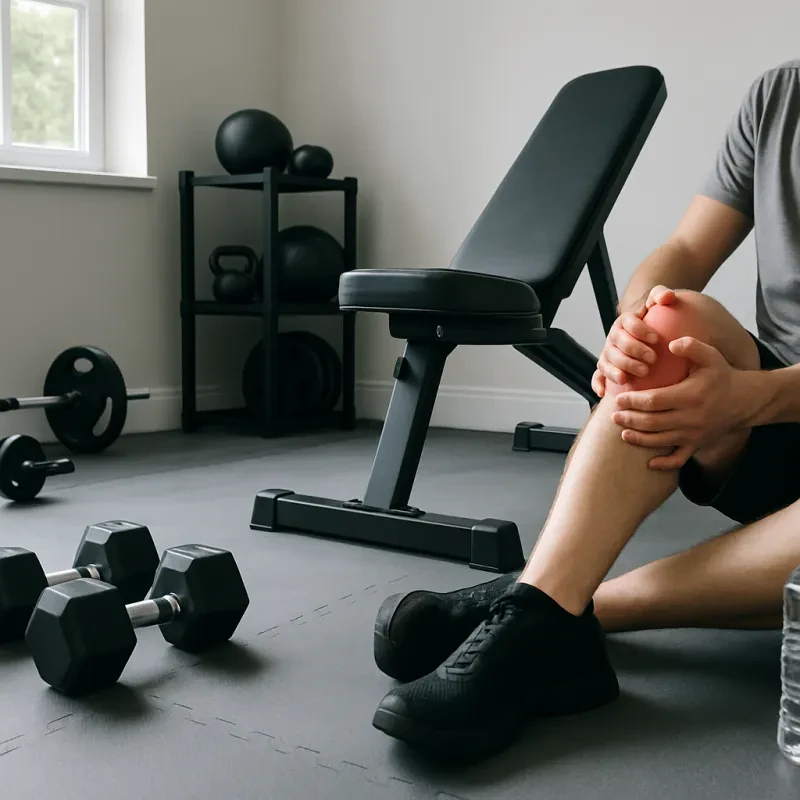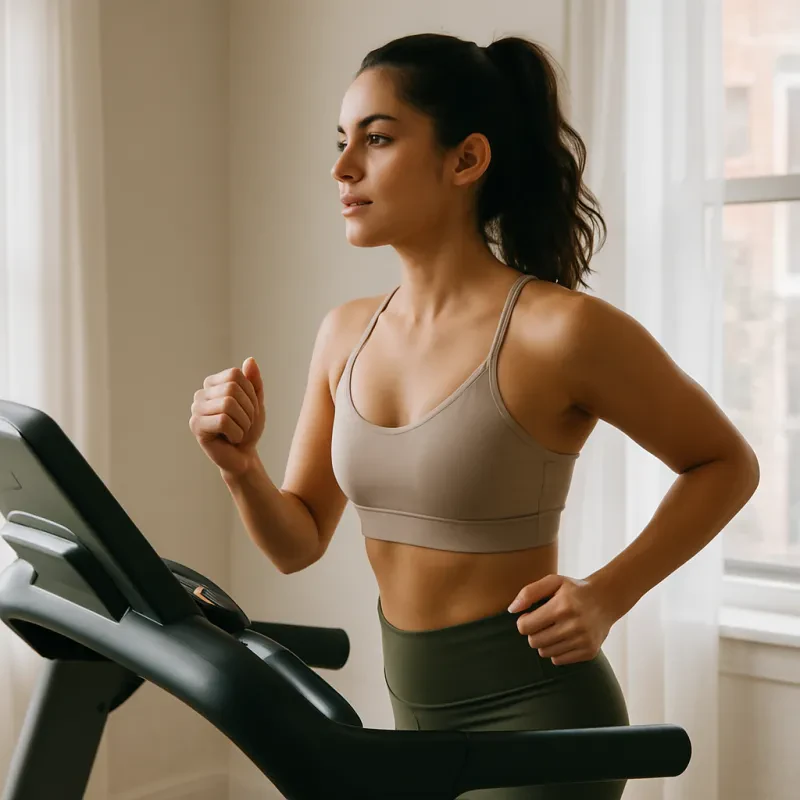🏠 Are Treadmills Accurate for Distance in Home Workouts?
Treadmills are a staple in many home fitness routines, perfect for walking, jogging, or interval training without stepping outdoors. But a common question many users ask is, "How accurate is my treadmill when it comes to distance?"
Understanding how your treadmill calculates distance, speed, and calories burned can help you track your progress more effectively and get the most out of your home workouts.
This guide breaks down how treadmills measure distance, what influences accuracy, and how to get more precise data from your treadmill sessions.
📏 How Do Treadmills Measure Distance?
Unlike outdoor runs, treadmills don’t rely on GPS tracking. Instead, they measure distance based on belt revolutions using a built-in formula.
🧠 Basic Formula:
Distance = Number of Belt Rotations × Length of the Belt
For example, if your treadmill belt is 3 meters long and it completes 200 full rotations during your workout, you’ve covered 600 meters (or 0.6 kilometers).
🎯 How Accurate Are Treadmills for Distance?
Let’s explore the factors that determine how close your treadmill’s readings are to the real deal.
✅ 1. High-End Treadmills Are More Precise
Commercial-grade treadmills or top-tier home fitness models often have better sensors and pre-calibrated belts, which lead to more reliable results.
Lower-budget treadmills may show inconsistencies in both speed and distance due to less advanced technology.
✅ 2. Speed Settings Matter
Most treadmills are more accurate at steady, moderate speeds between 5 to 10 mph.
At very high speeds, belt slippage may occur, slightly reducing the precision of distance tracking.
✅ 3. Incline Adjustments Can Influence Accuracy
Flat surface tracking is typically spot on.
When using incline settings, some treadmills adjust the distance to account for elevation, while others don’t. This may cause small variations in the results.
✅ 4. Calibration Plays a Big Role
Over time, any treadmill may drift out of calibration. This affects how well belt movement matches up with the motor's output and your actual pace.
Regular recalibration ensures your machine remains accurate for long-term use.
🛠️ What Affects Treadmill Distance Accuracy?
Here’s a quick overview of factors that can influence the numbers on your display:
| Factor | Effect on Accuracy |
|---|---|
| Belt Slippage | Can underestimate distance due to irregular movement |
| User Weight | May create slight resistance changes during use |
| Treadmill Age | Older machines often lose calibration |
| Speed Variations | Rapid pace changes can alter reading consistency |
| Incline Level | Some machines calculate incline into distance, others do not |
🔧 How to Improve Treadmill Distance Accuracy
Want to trust your stats? Here’s how to fine-tune your treadmill setup:
✅ 1. Calibrate Your Treadmill Regularly
Follow your treadmill’s manual for step-by-step calibration instructions.
Do a test run and compare treadmill distance with a trusted GPS app or pedometer.
✅ 2. Use External Fitness Trackers
Wear a GPS running watch, smart tracker, or foot pod to get a second data point.
Compare outdoor vs. treadmill runs to see if there's a consistent gap.
✅ 3. Maintain Your Treadmill
Keep the belt tension balanced and well-lubricated.
Schedule regular maintenance or tune-ups to prevent mechanical drift.
✅ 4. Customize Stride Settings If Available
Some advanced home treadmills allow you to input your height or stride length.
Doing so increases tracking accuracy and gives you more personalized results.
🏃♀️ Treadmill vs. Outdoor Running: Distance Accuracy
Here’s how treadmill distance tracking compares to running outdoors:
| Metric | Treadmill Running | Outdoor Running |
|---|---|---|
| Distance Tracking | Belt rotation-based | GPS and satellite-based |
| Terrain & Weather | Controlled indoors | Affected by wind, slope, terrain |
| Incline Variability | Adjustable but manual | Naturally varied |
| Energy Output | Slightly reduced due to no wind resistance | Higher effort from terrain variation |
🤔 Should You Trust Treadmill Distance Readings?
For home fitness tracking, treadmill data is generally reliable enough to measure consistency, set goals, and monitor improvements.
However, if you’re training for a race or need precise mileage, use a GPS device to validate your stats.
🧠 Understanding Treadmill Accuracy at Home
Treadmills offer a convenient way to get your cardio in, especially when working out at home. While not perfect, they provide a fairly accurate picture of your distance and effort.
To get the most out of your machine:
-
Calibrate it regularly
-
Cross-check with fitness trackers
-
Perform maintenance checks
-
Use custom stride inputs when possible
With a little attention, you can train smarter and track better, all without leaving your home.



